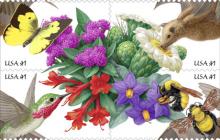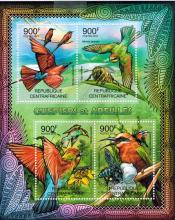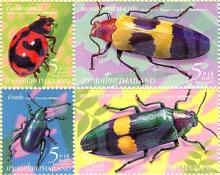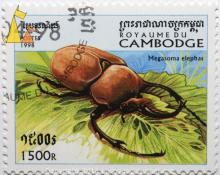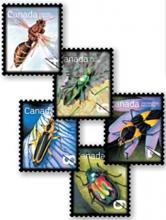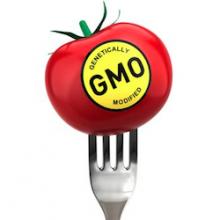Eight national non-profit organizations calling on the EPA to halt the approval process for Sulfoxaflor
Eight national non-profit organizations concerned with the environment, food safety, children’s health, bee and bird conservation, and pesticide management, sent two letters calling on the Environmental Protection Agency to halt the approval process for a new insecticide called Sulfoxaflor that would be used on various vegetables, fruits, soybeans, wheat and turfgrass. The letters were sent to EPA on Tuesday, Feb. 12. “The combination of water solubility, persistence, and toxicity (especially to bees and pollinators) is particularly concerning because compounds with these same characteristics have shown adverse effects to non-target species,” said the letter from the Center for Food Safety, the Pesticide Action Network, American Bird Conservancy and Friends of the Earth. The two letters were sent to EPA in response to the agency’s January 14 proposed “conditional registration” of the new insecticide. Sulfoxaflor is characterized by its long environmental persistence (over a year in some conditions) and by its high potential for surface and ground water contamination. The groups cited Sulfoxaflor’s toxicity to honey bees and to saltwater invertebrates, as well as concerns with respect to birds and other organisms.

